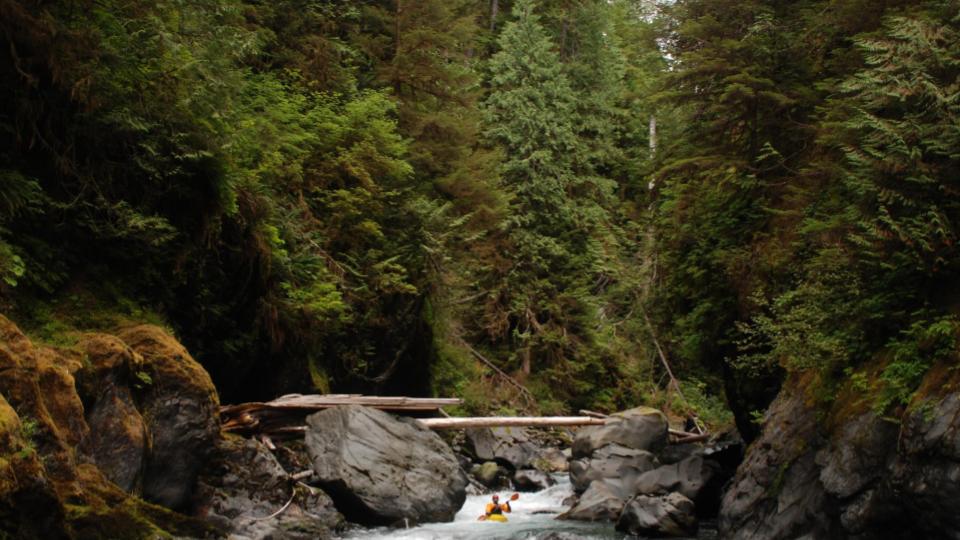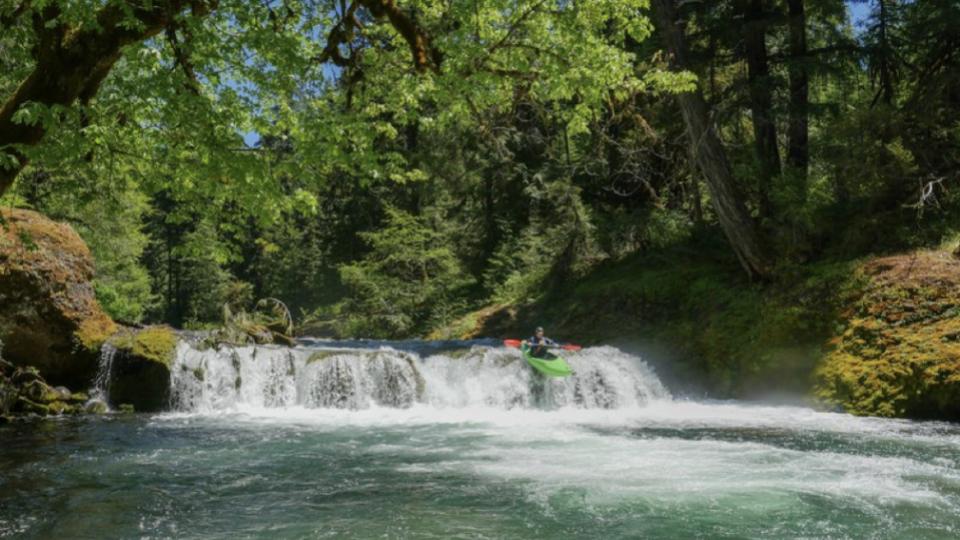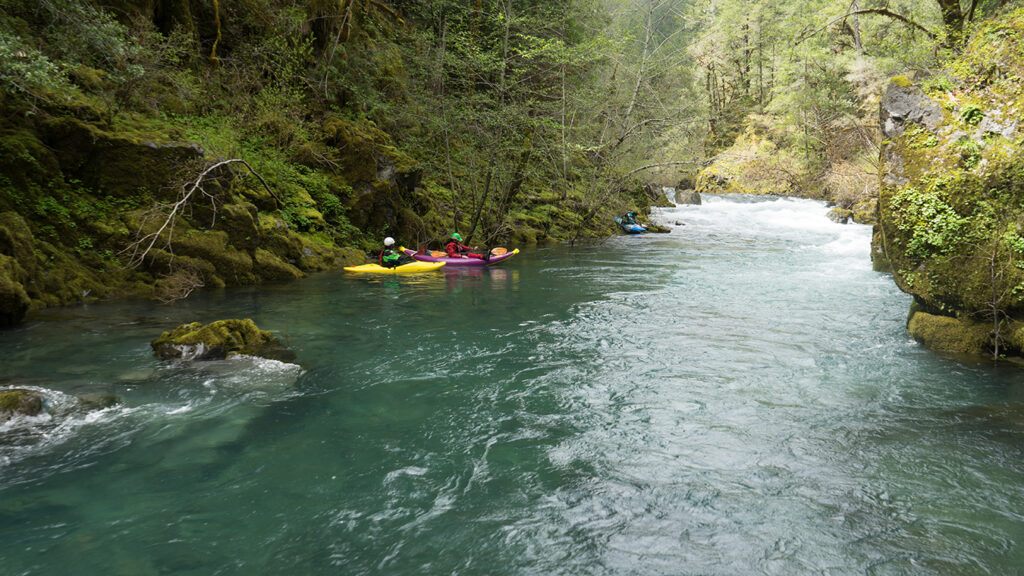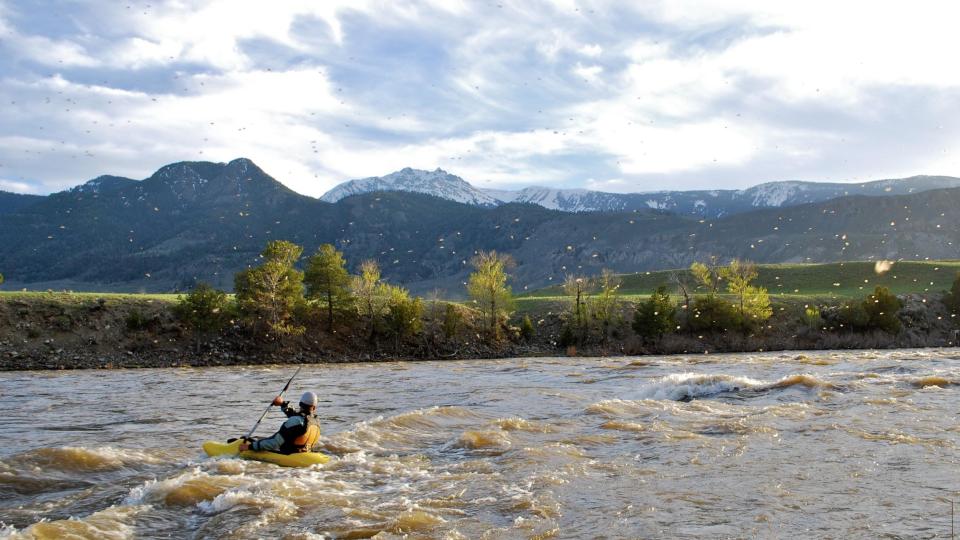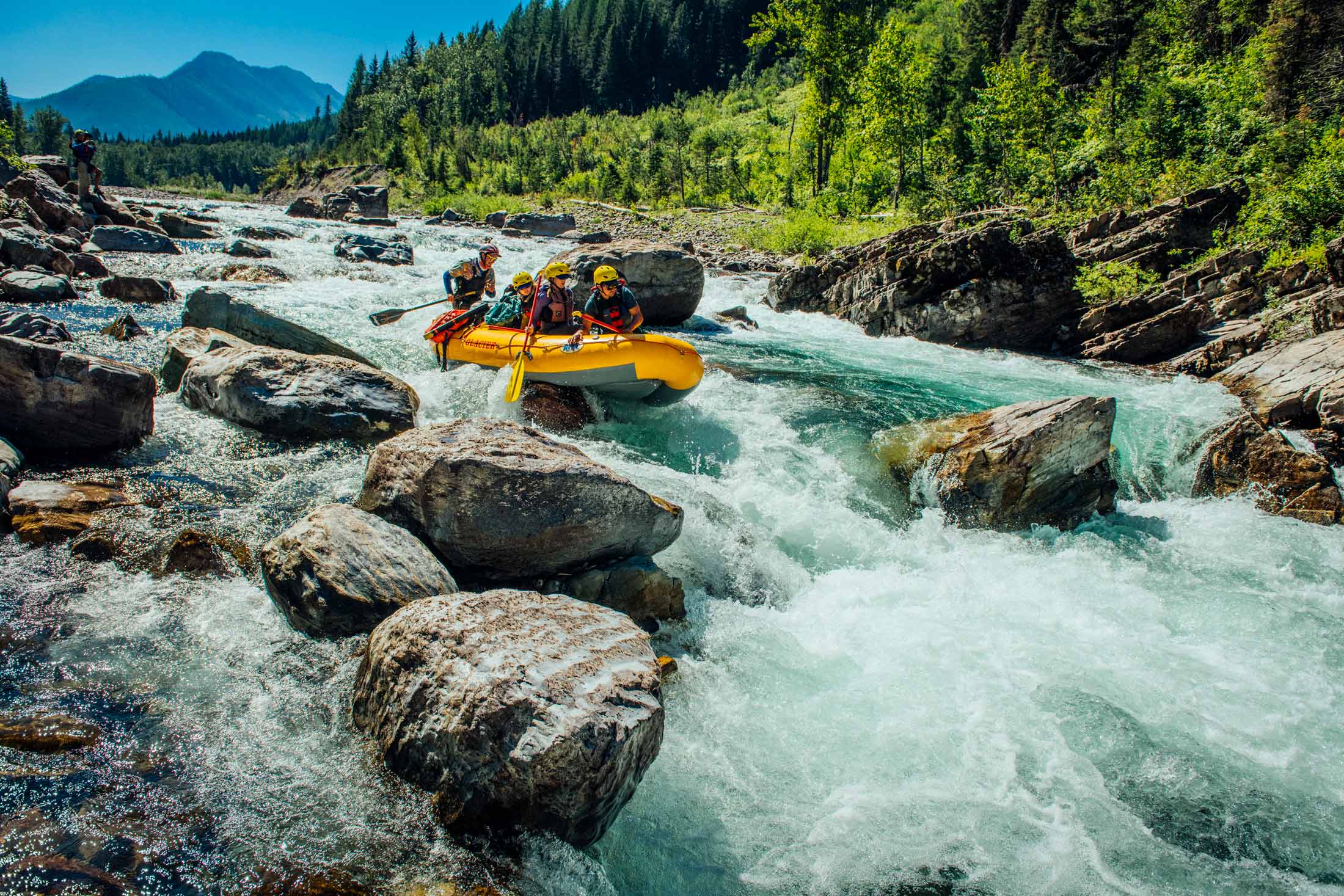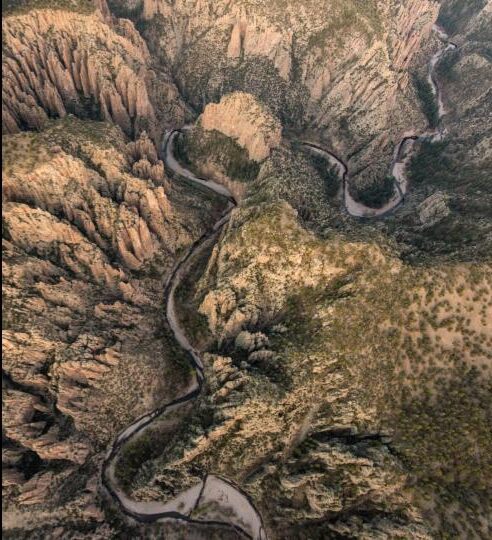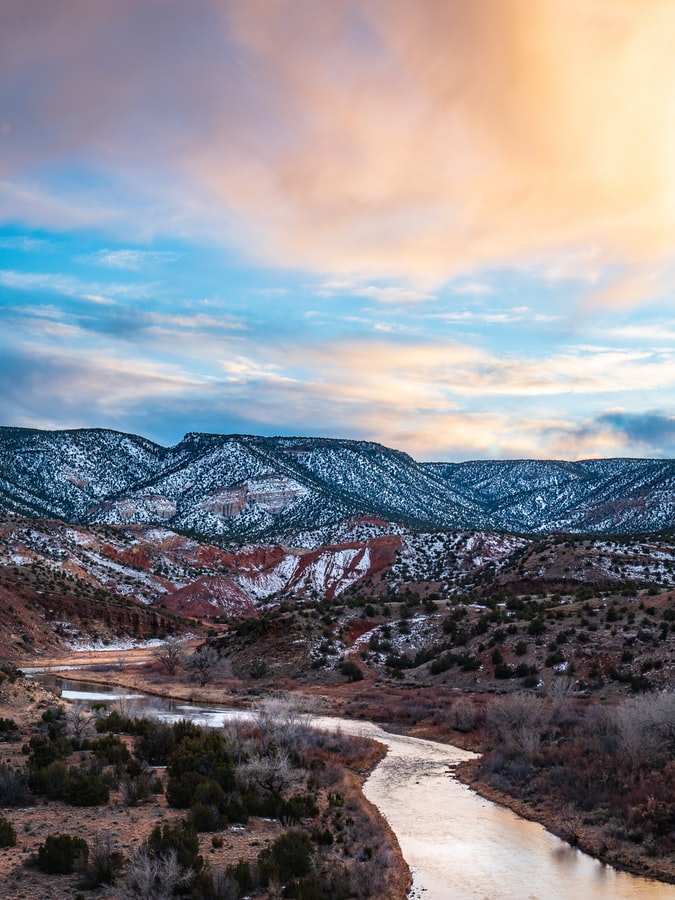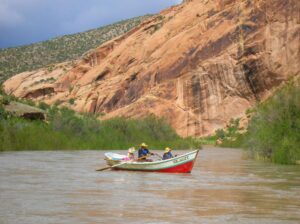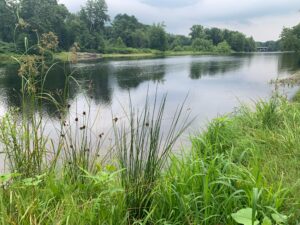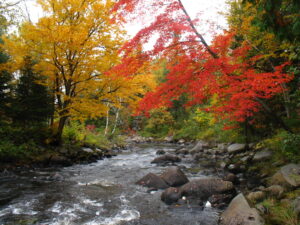California
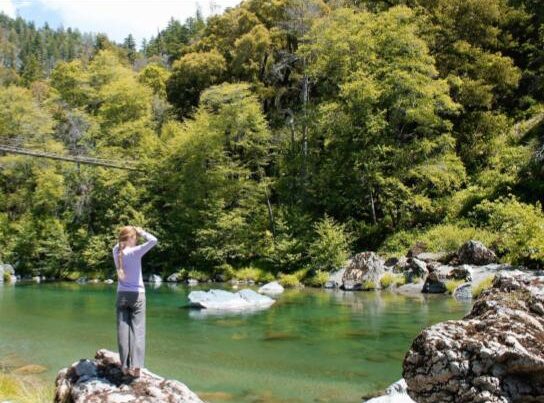
Northwest California Wilderness, Recreation, and Working Forests Act (S. 1776, H.R. 3700)
Why Protect: From fog-shrouded redwood forests to crystalline turquoise pools, Northern California is home to some of the most stunning landscapes. This bill protects local wild lands, expands recreational opportunities, and restores impacted watersheds by designating 480 miles of new Wild and Scenic Rivers, establishing eight new wilderness areas and expanding nine existing ones.
Update: This legislation was introduced as H.R. 3700 on May 25, 2023 by Representative Huffman. On May 31, 2023, the Northwest California Wilderness, Recreation, and Working Forests Act; California Coastal Heritage Protection Act; and San Gabriel Mountains Protection Act were packaged together as S. 1776, the PUBLIC Lands Act, introduced by Senator Padilla. The Senate Public Lands, Forests, and Mining Subcommittee held a hearing on July 12, 2023 that included testimony on S. 1776. S. 1776 passed out of the Senate Committee on Energy and Natural Resources on December 14, 2023 by a 10-9 vote.
Contact:
André Sanchez, [email protected], with CalWild
Ron Stork, [email protected], with Friends of the River
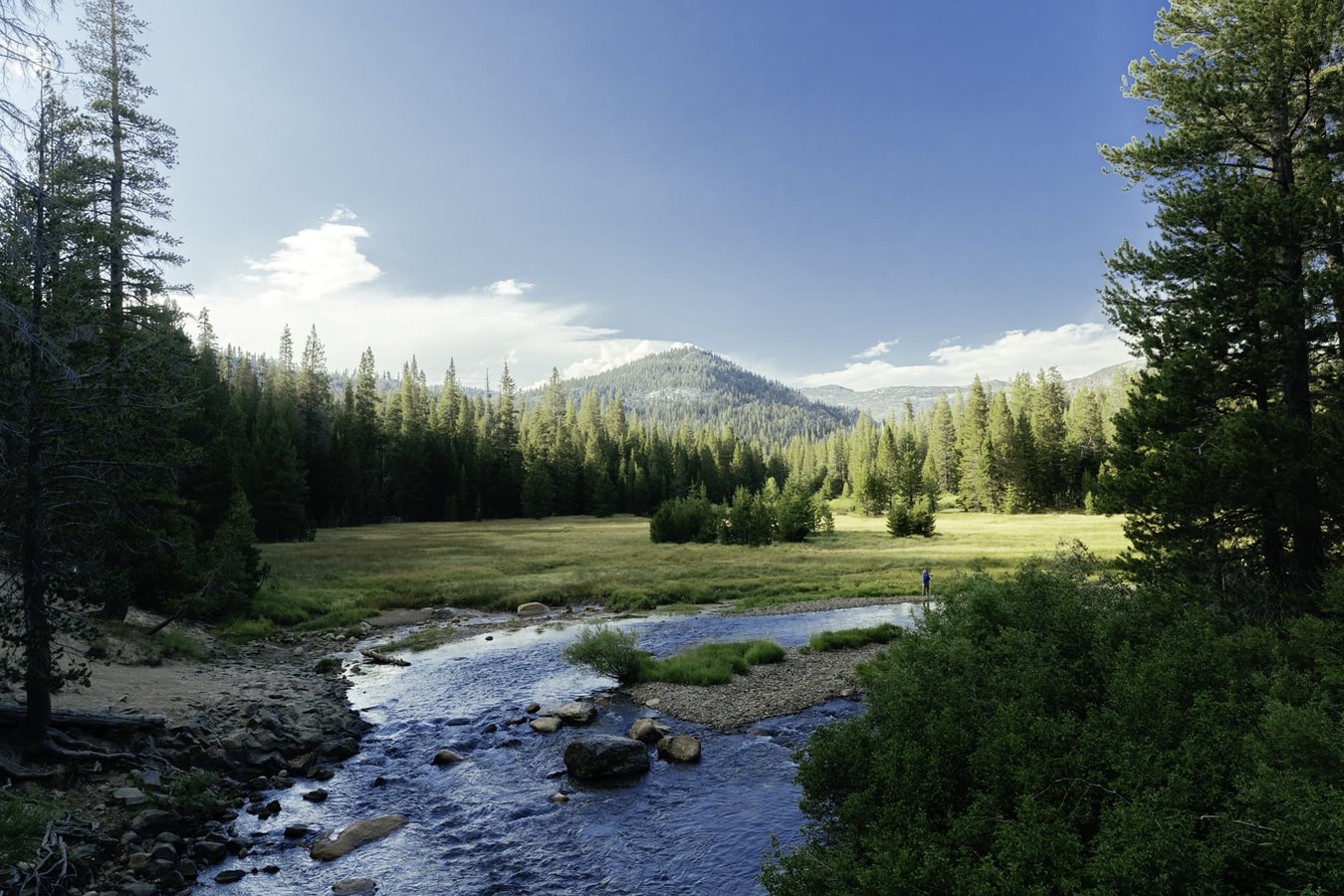
Central Coast Heritage Protection Act (S. 1776, H.R. 2545)
Why Protect: The product of years of discussion and negotiation between business leaders, conservationists, elected officials, ranchers, mountain bikers and other stakeholders, this bill will ensure clean water for thriving communities, protect critical wildlife habitat and stimulate a vibrant local economy. It safeguards 159 miles of Wild and Scenic Rivers, designates nearly 250,000 acres of wilderness and creates two new scenic areas in California’s Los Padres National Forest and the Carrizo Plain National Monument.
Update: This legislation was introduced as H.R. 2545 on April 10, 2023 by Representative Carbajal. On May 31, 2023, the Northwest California Wilderness, Recreation, and Working Forests Act; California Coastal Heritage Protection Act; and San Gabriel Mountains Protection Act were packaged together as S. 1776, the PUBLIC Lands Act, introduced by Senator Padilla. The Senate Public Lands, Forests, and Mining Subcommittee held a hearing on July 12, 2023 that included testimony on S. 1776. S. 1776 passed out of the Senate Committee on Energy and Natural Resources on December 14, 2023 by a 10-9 vote.
Contact:
André Sanchez, [email protected], with CalWild
Ron Stork, [email protected], with Friends of the River
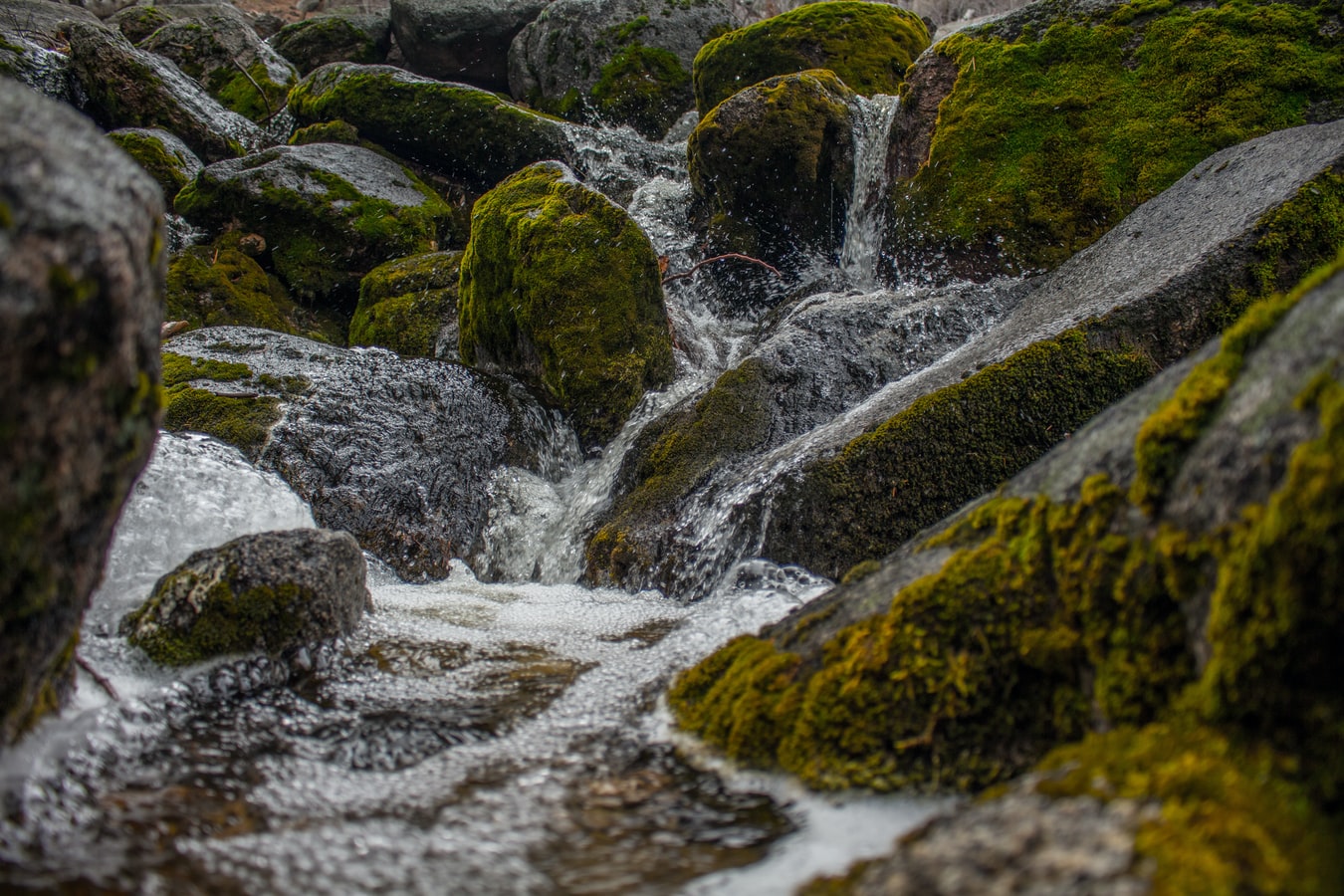
San Gabriel Mountains Protection Act (S. 1776, H.R. 3681)
Why Protect: Despite nearby gorgeous rivers, forests and mountains just to the north, Los Angeles residents are some of the most park-poor in the country. This bill spurs outdoor recreation by connecting park-poor areas, especially BIPOC and historically marginalized communities, to open space. It establishes a National Recreation Area along the San Gabriel River, protects 45.5 miles of rivers in Southern California, designates more than 30,000 acres of wilderness and expands the San Gabriel Mountains National Monument.
Update: This legislation was introduced as H.R. 3681 on May 25, 2023 by Representative Chu. On May 31, 2023, the Northwest California Wilderness, Recreation, and Working Forests Act; California Coastal Heritage Protection Act; and San Gabriel Mountains Protection Act were packaged together as S. 1776, the PUBLIC Lands Act, introduced by Senator Padilla. The Senate Public Lands, Forests, and Mining Subcommittee held a hearing on July 12, 2023 that included testimony on S. 1776. S. 1776 passed out of the Senate Committee on Energy and Natural Resources on December 14, 2023 by a 10-9 vote.
Contact:
André Sanchez, [email protected], with CalWild
Ron Stork, [email protected], with Friends of the River
